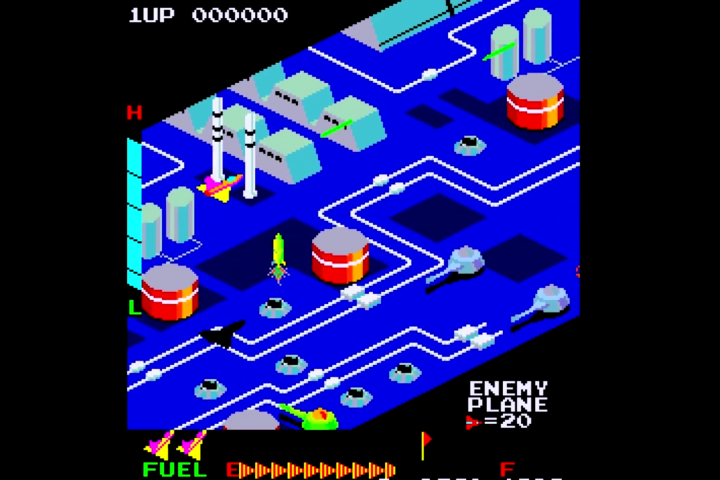
Today fans get riled up over 720 versus 1080 resolution and whether or not the game maintains 60 frames per second. There was a time not so long ago when the most exciting development was the addition of color that’s not from a transparent overlay on the screen or movement that can scroll past the edges.
The video is an excellent stroll through gaming history. It points out an often-forgotten chapter when the pixel-based raster graphics that would go on to dominate the field shared the stage with smoother vector graphics, like those old Star Wars arcade machines. The second part of the series goes online on Tuesday, November 18.
Editors' Recommendations
- 9 best processors for PC gaming: tested and reviewed
- The best video game movies of all time
- Square Enix just set a new bar for video game demos with its latest RPG
- I’ve reviewed every AMD and Nvidia GPU this generation — here’s how the two companies stack up
- Open Roads is a short family drama video game that leaves a big impact


